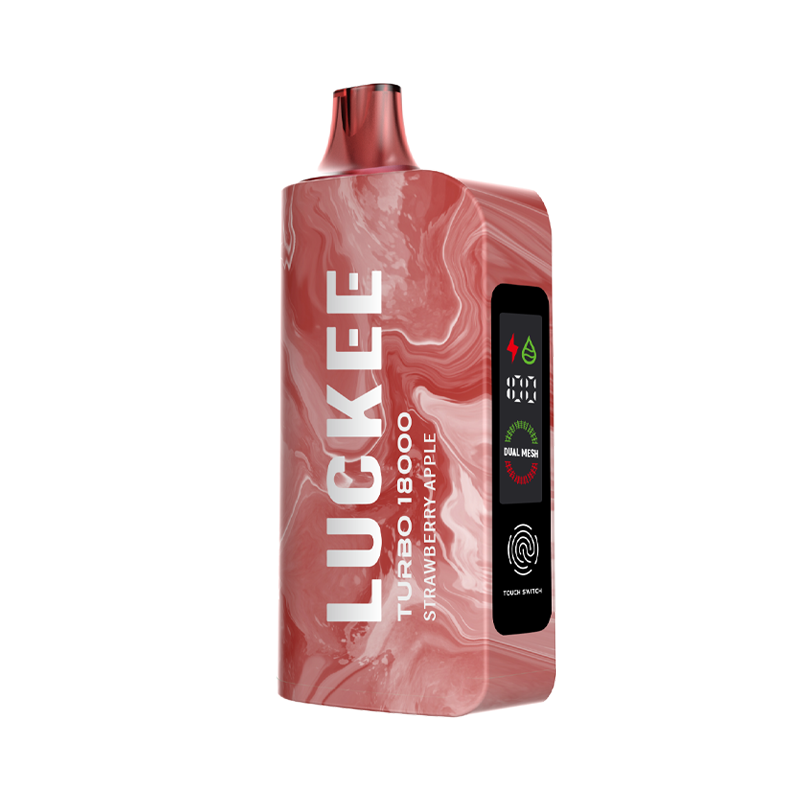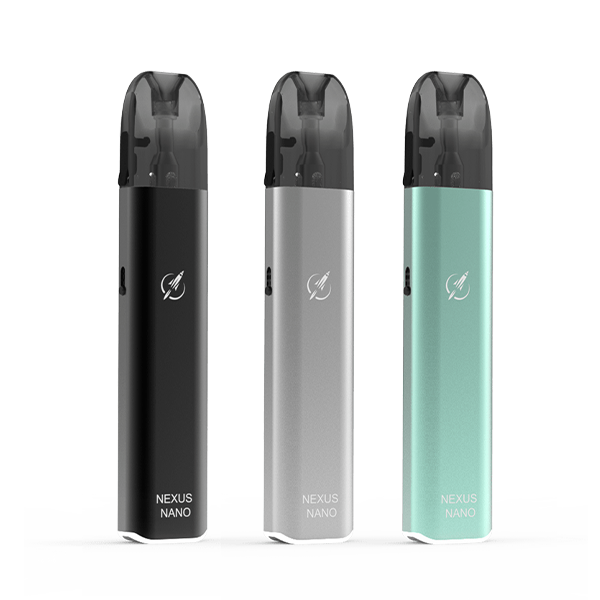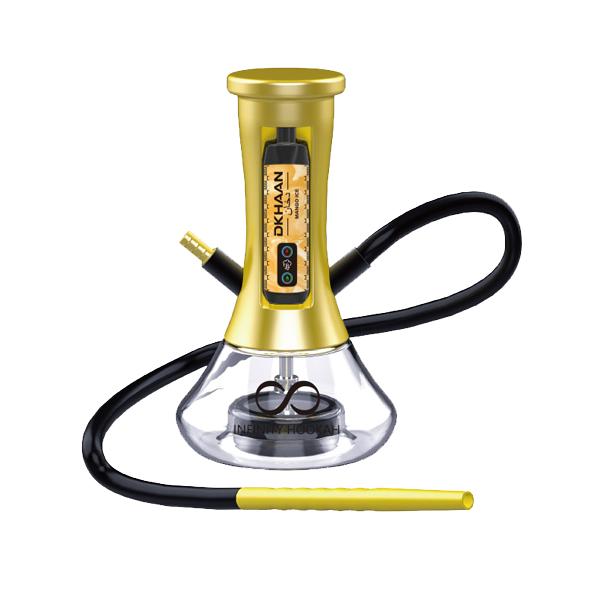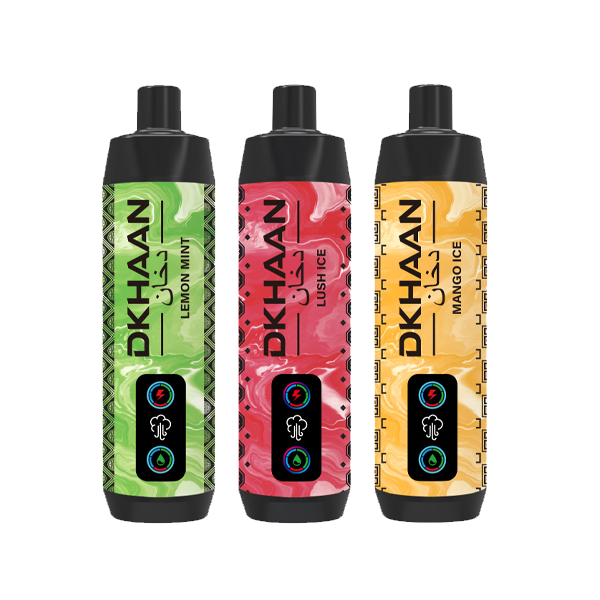Driving High in Missouri: How Police Detect Marijuana DUIs
With Missouri’s legalization of recreational marijuana, many residents are asking how this change impacts road safety. While adults are now permitted to buy and use cannabis, driving under the influence remains both illegal and dangerous. Since there is no quick roadside breath test for marijuana, police rely on observation and field evaluations to determine if a driver is impaired. These methods, though standardized, are less straightforward than alcohol testing, making it critical for drivers to understand how enforcement works.
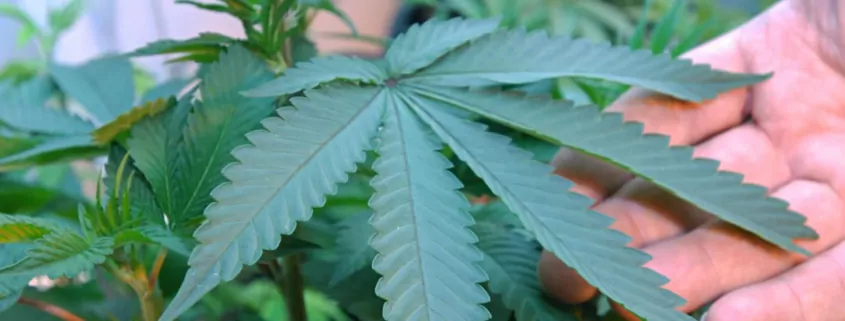
The Rising Concern of Marijuana-Impaired Driving
Nationally, drug-impaired driving has become a growing issue over the past decade. Although it’s hard to calculate exactly how many accidents are caused by cannabis, the National Institute on Drug Abuse (NIDA) notes that a notable portion of drivers in fatal crashes test positive for drugs. Data from the National Highway Traffic Safety Administration (NHTSA) reinforces this concern: between 2007 and 2014, while alcohol use among nighttime weekend drivers declined, marijuana positivity rates jumped from 8.6% to 12.6%.
Why Driving High Is Dangerous
The Centers for Disease Control and Prevention (CDC) explains that marijuana interferes with several brain functions vital to safe driving, such as coordination, reaction speed, memory, and judgment. Effects can include:
-
Slower reflexes.
-
Poor coordination.
-
Distorted sense of time and distance.
-
Impaired problem-solving and decision-making.
Unlike alcohol, where impairment correlates to measurable blood alcohol concentration (BAC) levels (0.08% in most states), no equivalent THC threshold exists. THC can also remain in the body long after its impairing effects subside, complicating detection and prosecution.
How Missouri Police Assess Cannabis Impairment
1. Observation and Initial Suspicion
Even before a stop, officers look for erratic driving behaviors like weaving, drifting, speeding, or unusually slow driving. Once pulled over, they check for physical and environmental cues, such as the odor of marijuana. Kansas City Police Department spokesperson Donna Drake confirmed that the smell often prompts officers to proceed with sobriety testing.
2. Standardized Field Sobriety Tests (SFSTs)
Missouri officers use three main tests, widely applied across the U.S., to evaluate a driver’s divided attention skills:
-
Horizontal Gaze Nystagmus (HGN): The driver follows a moving object with their eyes. Jerky eye movement can signal impairment.
-
Walk-and-Turn: The driver walks heel-to-toe in a straight line, turns, and returns. Balance problems or incorrect steps are red flags.
-
One-Leg Stand: The driver stands on one leg while counting aloud for 30 seconds. Swaying, hopping, or lowering the foot suggests impairment.
Failing two or more often results in arrest for DUI.
3. Drug Recognition Experts (DREs)
When uncertainty arises, officers may bring in a Drug Recognition Expert, a specially trained officer skilled at identifying impairment from different drug categories. A DRE conducts a 12-step evaluation that includes checking vital signs (pulse, blood pressure, temperature) and running additional tests to pinpoint the likely drug. Training programs such as Advanced Impaired Driving Enforcement (AIDE) are offered to Missouri and Kansas officers to enhance their detection skills.
Vehicle Searches and Possession Rules
Legalization has altered how searches are handled. In Missouri, the odor of marijuana alone no longer justifies a vehicle search. Still, during a DUI stop, it may contribute to reasonable suspicion. Adults can legally possess up to three ounces of marijuana; exceeding this limit gives police grounds for further investigation. Kansas takes a stricter stance—there, the smell of marijuana is still enough to permit a search.
Penalties for Driving High
In Missouri, cannabis DUIs carry serious consequences. A first-time offense is usually a misdemeanor and may include:
-
Up to six months in jail.
-
A fine up to $500.
-
License suspension.
Repeat offenses escalate penalties, with possible jail terms of up to one year and fines as high as $2,000.
Conclusion: Legal Marijuana, Illegal to Drive High
While Missouri residents now enjoy legal recreational cannabis, the privilege does not extend to the driver’s seat. Driving while impaired by marijuana is still prohibited, dangerous, and subject to criminal penalties. Without a definitive chemical test, law enforcement depends on observation, field sobriety tests, and expert evaluations to identify impaired drivers. The message is simple: if you consume cannabis, do not drive. Use a rideshare, appoint a sober driver, or wait until the effects fade—your safety and the safety of others depends on it.



